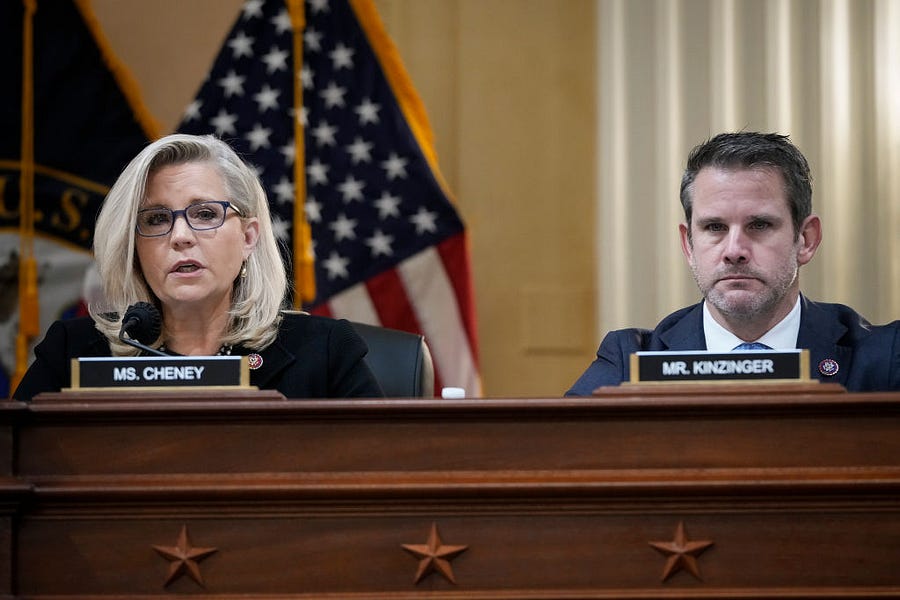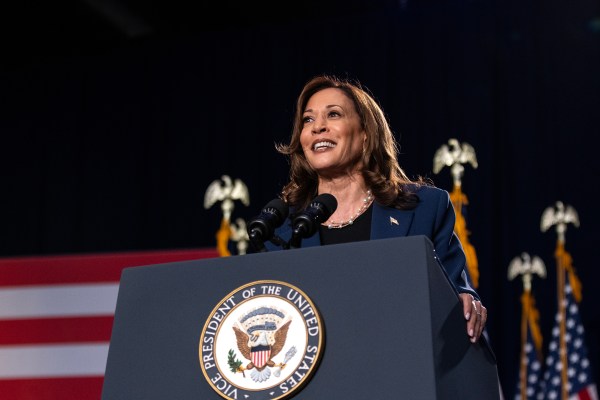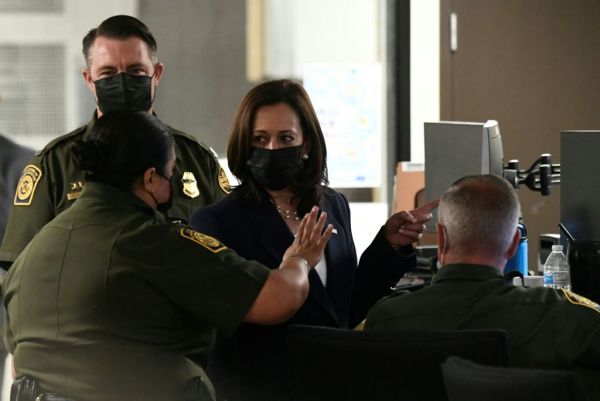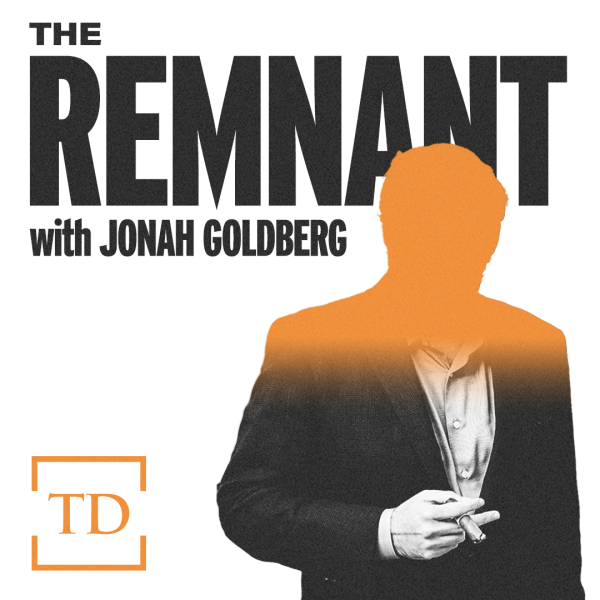Joe Manchin and Bernie Sanders are in the same party, but you wouldn’t really say they were on the same “side” beyond the bare preference for partisan control in Washington. Same for Ben Sasse and Josh Hawley. They’re both Republicans, but there’s little overlap beyond their registrations.
In political discussions these days, I often have to redirect an interviewer or a conversational partner around these channel markers. “I don’t know if I would call him ‘conservative,’ per se …” or “I’m not sure there’s too much that’s ‘liberal’ about those members …” We’ve got Republicans preaching the kind of economic progressivism that would tickle Bob La Follette. We’ve got Democrats pushing speech codes and indoctrination as puritanical and authoritarian as those of any red-baiter or Roundhead.
Ideological diversity within parties is often a good thing, creating room for the coalitions necessary to address challenging issues. Most members of Party A working with some members of Party B are far more likely to produce broadly popular policies than a party-line vote would.
It’s true that broad popularity and excellence are very different things. A quick scan through the top songs of 2021 will tell you that. But the dangers of partisan homogeneity are even greater. It’s far easier for one party to become enthralled by a bad idea or bad leaders than it is for a bipartisan group. That presents a real danger when one side or the other takes complete control.
For instance, imagine January 6, 2021, if Republicans hadn’t lost the House in 2018. Their current leader, Kevin McCarthy, was one of those who signed onto the Texas lawsuit aimed at stealing another term for then-President Donald Trump. If McCarthy had presided over the House that day, it seems unlikely he would have had the courage or capacity to stand up to Republican members trying to shred the Constitution. It’s much easier to imagine that McCarthy and his team would have been sympathetic to the cabal working to keep Trump in power than it is to picture them doing what Mike Pence did and standing up to Trump and his goon squad. McCarthy’s members were part of the effort to bully Pence as it was.
Things might have gone very differently If hypothetical Speaker McCarthy of January. 6, 2021, worked as hard to help Trump that day as the real McCarthy has in the ensuing year to protect Trump from the consequences of the most brazen power grab by a U.S. president in history. But McCarthy was not wielding the gavel. Instead, most Democrats and some Republicans united to shut down Trump’s effort and ensure the peaceful transfer of power.
There are at least a few sides in the current Republican Party. Some of the divisions are sincere and ideological in nature. But the gaps are still mostly related—at least in their intensity—to attitudes about one man and his followers. The split reflects one dating back generations in the GOP, one that intensified with the birth of social media and the rise of its dancing bears.
The Trump cult has succeeded so wildly on the right in the same way the woke mobs of the left have. Normal people are afraid to speak up for fear of being hounded out of office or their jobs. What should count as principled, respectful disagreements are instead treated as instances of religious heresy. Even supplicants to Trump are targeted as impure. These Jacobins are sometimes motivated more by a personal thirst for power, sure. But it only works because of the number of Republicans who are afraid of having their own revolutionary zeal called into question like Trotskyites.
The worst, most important part of what happened last January 6 was the effort—both in public like McCarthy’s and those in private—to overthrow the constitutional order. This first attempt by an incumbent to refuse to relinquish power was unsuccessful, but it will invite imitation over time. Trump and his abettors have set the bar for presidential conduct so low that even half measures by more skilled, disciplined coup plotters might easily succeed well enough to break the continuity of the presidency. The day of a schism in which Americans recognize different chief executives came much closer as a result of Trump’s misconduct.
But the riot of January 6 has its consequences too, especially in the near term. We have seen political violence before in America, even at the Capitol in the modern era. The fact that members of the mob were acting at what they believed was the behest of the president, of course, makes it different. But even as just a mob of thugs and hooligans, they did plenty of lasting import. There is much celebration over the convictions of January 6 attackers. Fair enough, but say what you will about those maniacs, there is no doubt on the right anymore that there can be physical consequences to defying Trump. It’s not hypothetical question of whether they might try to kill you if you dissent from MAGA orthodoxy.
When Trump holds his counter-event on Thursday as Congress marks the memorial of the attack, the former president is planning to defend the attackers. His announcement of the event leered: “the insurrection took place on November 3rd, it was the completely unarmed protest of the rigged election that took place on January 6th.” A leader who will excuse and then praise a brutal mob that attacked his political enemies is worse than a demagogue. He is a would-be tyrant.
Most Republicans would very much like to forget what happened on January 6. But not Trump and his crew. The violence of that day still adds to their power, even if the botched execution of the self-coup diminished their status in the short term. A year of success in browbeating dissenters has proven that. Just less than a quarter of American adults in a recent Washington Post poll said Trump bore no responsibility at all for the riots. That’s cult-level denial of reality. But because of the threat of harassment, now including mob violence, their power is far greater.
In this new election year, there will be a pitched battle between Republicans and Democrats. But there will also be one among Republicans and Democrats. Which Republicans will refuse to condemn their friends and defy the mob? Which Democrats will reject partisianship and stick up for principled Republicans who are defending the rule of law? Are there enough members of both parties who will reject apocalyptic language about “election security” or “democracy as we know it?” Can adherents to the Constitution in both parties work together to ensure free, fair, decisive elections? Will leaders of integrity and goodwill find that they are in accord on these questions, even if nothing else?
The same side, but different parties.








Please note that we at The Dispatch hold ourselves, our work, and our commenters to a higher standard than other places on the internet. We welcome comments that foster genuine debate or discussion—including comments critical of us or our work—but responses that include ad hominem attacks on fellow Dispatch members or are intended to stoke fear and anger may be moderated.